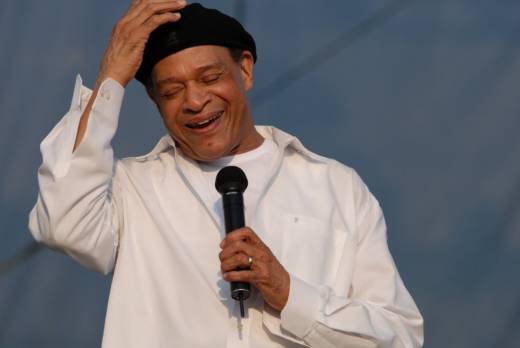Success didn’t come early or easily for Al Jarreau, but when the vocalist finally broke through in the mid 1970s, he changed the musical landscape.
A brilliantly inventive scat singer, Jarreau excelled at just about every musical style he touched. The only singer to win Grammy Awards in the Jazz, R&B and Pop categories, he died on Sunday, Feb. 12 in Los Angeles at the age of 76 just days after his manager announced that the singer was retiring from decades of international touring.
In many ways Jarreau’s passing marks the end of an era, in that he might be the last of his kind: A jazz-steeped African-American male singer who broke through as a pop star. Bobby McFerrin followed in his Bay Area footsteps, expanding on Jarreau’s instrumental palette as a scat singer, but after McFerrin scored a Top 40 hit he began turning his attention to the classical world. Jarreau thrived over decades of changing musical tastes, influencing countless singers and instrumentalists. His imprint is evident on pianist Robert Glasper, a gifted jazz musician who’s also found a broader audience via R&B.
The son of a vicar turned welder, Jarreau didn’t start on a path likely to produce a musical pioneer. He grew up in a working-class family in Milwaukee where it was drilled into him that he was going to get a college education. After earning a master's degree in psychology, he moved to San Francisco in the late 1960s and began doing social work, but he also found time to indulge his love of music, hooking up with an ambitious young pianist named George Duke.
